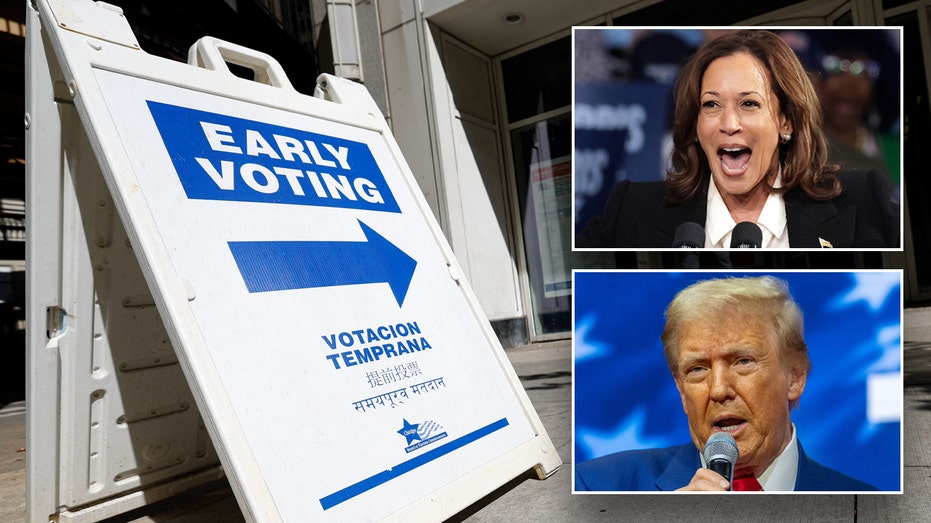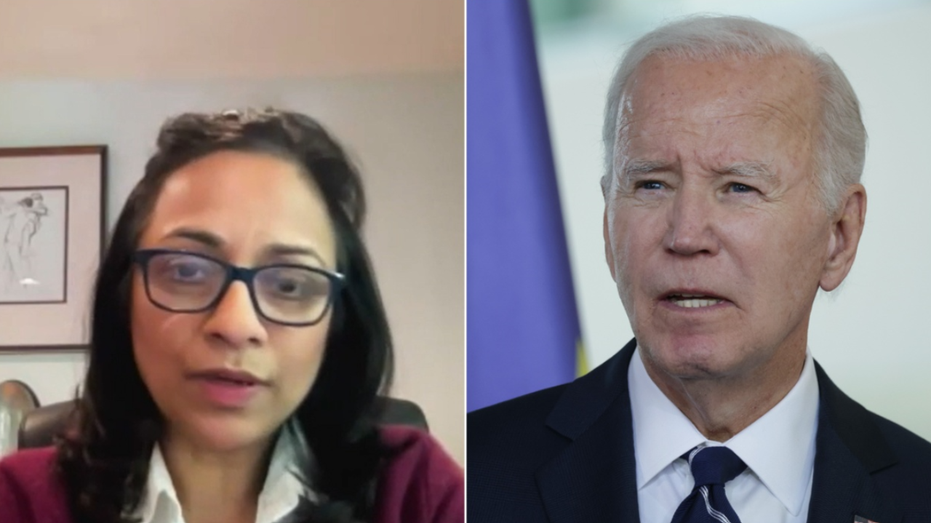Early in-person and mail-in ballots have begun pouring in across the country, and the tally in each state reveals mounting voter enthusiasm.
Recent polling suggests a razor-thin margin in the race between former President Donald Trump and Vice President Kamala Harris, and the results are expected to come down to each candidate’s performance in seven swing states: Pennsylvania, Georgia, Arizona, Michigan, Wisconsin, Nevada and North Carolina.
States have long allowed at least some Americans to vote early, like members of the military and people with illnesses unable to get to the polls. Many states expanded eligibility in 2020 during the COVID-19 pandemic.
WHAT ARE ELECTION BETTING ODDS? EXPERT EXPLAINS WHY TRUMP IS CURRENT FAVORITE
In the last presidential election, mail ballots tended to skew Democratic. In 2020, 60% of Democrats reported voting by mail, compared to 32% of Republicans, according to a 2021 study from the MIT Election Data and Science Lab.
As of Monday evening, more than 15 million ballots have been cast nationwide.
Here is a breakdown of where early ballots have been cast, either by mail or in person, in the seven battleground states, according to The Associated Press.
Over the past two decades, the prevalence of early voting has skyrocketed. While early ballots demonstrate voter enthusiasm, they do not reliably determine which candidate is winning the race, because fewer voters are expected to cast early votes than in the previous presidential election.
In 2020, the Fox News Voter Analysis found that 71% of voters cast their ballots before Election Day, with 30% voting early in-person and 41% voting by mail. This time, polls suggest that around four in 10 voters will show up before Nov. 5, according to Gallup polling.
DOJ DEPLOYS DISTRICT ELECTIONS OFFICERS TO HANDLE ‘THREATS AND INTIMIDATION’
Democrats and Republicans are expected to be less divided on early voting this cycle. Four years ago, Democrats won the total early vote by 11 points. However, two things have changed: first, with the COVID-19 pandemic no longer front-of-mind, many voters will be more willing to show up on Election Day. Second, unlike in 2020, Trump and the GOP are no longer discouraging their voters from casting an early ballot. The upshot should be a smaller partisan gap once the votes are counted.
Some states also offer breakdowns of their early ballots – for example, by party affiliation, race, or age. Comparing these results to other elections might give the impression that one candidate or party is now doing better than the other.
Additionally, while early vote data shows the party registration of some voters, it does not reveal how they voted. States do not release actual vote counts until election night. The vote data that some states are releasing now shows the party affiliation of voters who have requested or returned a ballot. However, that is not the same as their actual vote. For example, a voter may have registered as a Democrat decades ago, but chose to vote for Trump this year. Many voters are not registered to either party, making their vote even more of a mystery.


